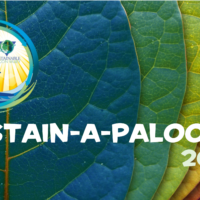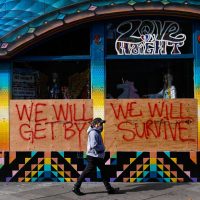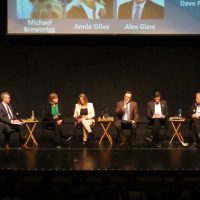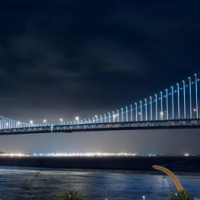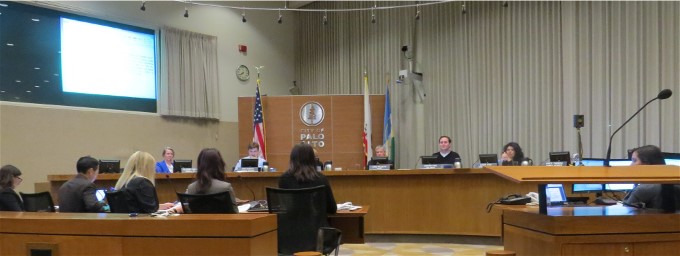
It is the Thanksgiving season, a time to count blessings. So, those who are concerned about minimizing GHGs (Green House Gases) are looking to REACH codes to reduce GHGs from buildings. They are thankful REACH codes can do this. So, how does that work?
REACH codes amend the building code that determines how a building is built and used (1). That includes how the building gets and uses energy for space heat, hot water, cooking drying clothes, etc. Cities and counties use REACH codes to create buildings that minimize or eliminate GHG emissions. . To do this, they need a source of low carbon or no carbon fuel. So, where can they get that fuel?
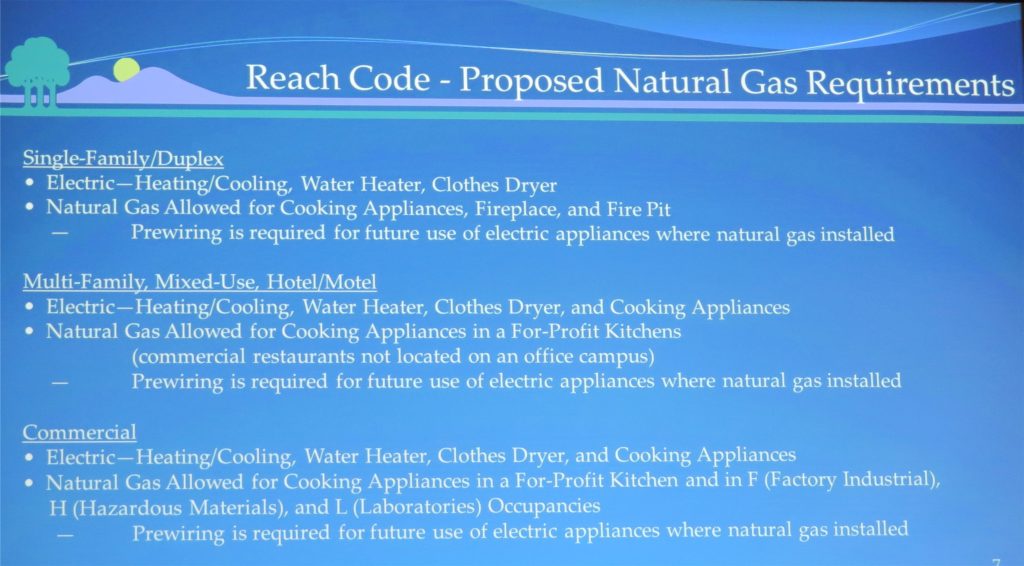
Thank CCAs for Clean Electricity
The leading candidate for a carbon free energy source is carbon free electricity. The charters of the Community Choice Aggregators (CCAs) in this area are to provide electricity with little or no carbon. Currently, Silicon Valley Clean Energy (SVCE) (2) is providing zero carbon electricity to its customers in Santa Clara County. San Jose Clean Energy (SJCE) (3) and Peninsula Clean Energy (PCE) (4) are at low carbon now (20% or lower). They are moving to zero carbon electricity soon. As an example, PCE’s goal is to be at zero carbon by 2021. (5)
Thank SVCE and PCE for Sponsoring the REACH Code Movement
SVCE and PCE helped initiate the move to REACH codes. They provided an example template REACH code gratis to any city or county. In addition, they provided a grant of $10K for a city council to do the work on REACH codes. This helped move cities to consider REACH codes.
Thank Berkeley and Menlo Park for a Second Path to Carbon Free Buildings
REACH codes are tied to building codes. A proposed REACH code must be approved by the California Energy Commission (CEC). Another way to move to all electric buildings is to ban natural gas from new buildings for health and safety reasons. Berkeley (5) went on this path after extensive consulting with their legal team. They feel confident this approach will work with any legal challenges presented to them.
Berkeley banned all uses of natural gas in new buildings. Menlo Park (6) decided to ban natural gas for new building heat and hot water. Building heat and hot water create 80% or more of the GHGs created by buildings. This provides an alternate for cities with strong sentiment for gas cooking.
Thank the Young People Supporting REACH Codes and All-Electric Buildings
A “shout out“ of thanks goes to the articulate youth who understand why addressing climate change is extremely important. Their live testimony at city council meetings is a key factor in passing REACH codes and gas bans. They are the ones who will live in the future we are creating today. Their passion provides hope and drive.
Thanks to “The Village” Supporting REACH Codes and Banning Natural Gas
There is an old saying that it takes a village to get change done. The village supporting the move to all-electric buildings includes:
- The city councils who pass ordinances for all-electric buildings
- The architects and experts who show how one can create all-electric buildings because they have already done them.
- The members of the public, especially the young ones, who support reducing GHGs for a survivable planet.
- The many advocacy groups who have helped to move this forward.
Status as of November 25, 2019
Cities that have approved (Second Read) an ordinance limiting natural gas in new construction (electric heat and hot water)
- Menlo Park
- San Mateo
- San Jose (has done both Reach Code and gas ban)
- Saratoga
Cities that have approved banningnatural gas in new construction (Second Read, all uses).
- Morgan Hill
- Mountain View
- San Jose (low rise res, single family, ADUs, municipal)
Cities that have introduced an ordinance limiting natural gas in new home construction (First Read)
- Milpitas
- Pacifica
- Brisbane
- Palo Alto (note that this city is in two categories)
Cities that have proposed banningnatural gas in new construction
- Palo Alto (single family only) (First Read)
Next Steps:
The list above shows a list of cities in San Mateo and Santa Clara Counties to work on. The Counties of Santa Clara and San Mateo are also possibilities for REACH codes or gas bans.
From the list below, we are in process of moving ahead
Burlingame ,Campbell Colma, Cupertino, Daly City ,East Palo Alto, Los Altos, Los Altos Hills, Los Gatos, Portola Valley, Redwood City, San Bruno Santa Clara, South San Francisco, ,Sunnyvale,
References:
(1) REACH Codes explained
https://peninsulareachcodes.org/
(2) Silicon Valley Clean Energy
https://www.svcleanenergy.org/
(3) San Jose Clean Energy
https://www.sanjosecleanenergy.org/
(4) Peninsula Clean Energy
https://www.peninsulacleanenergy.com/
(5) Berkeley
https://www.theguardian.com/environment/2019/jul/23/berkeley-natural-gas-ban-environment
(6) Menlo
Park
https://www.menlopark.org/1583/Reach-codes
